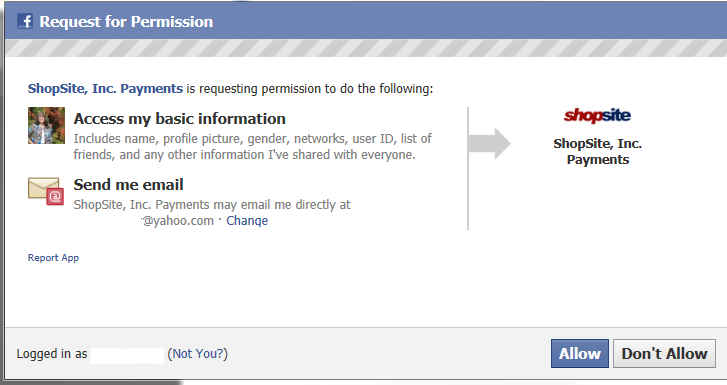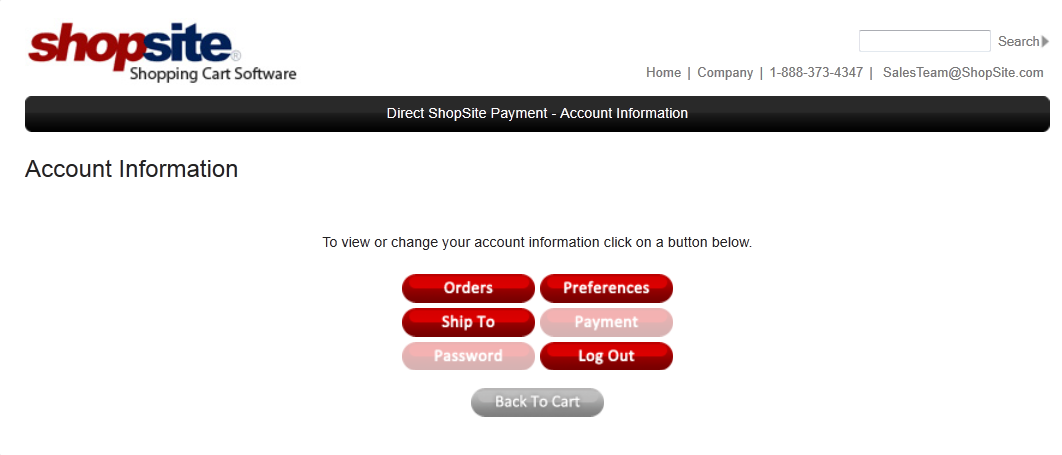Place Dynamic Products In Your Blog
If you blog or have a web site where content is not published by ShopSite, then you’ve probably used ShopSite’s OrderAnywhere feature to put order buttons and product info on your site. With OrderAnywhere, you select in ShopSite the product you want to add to an external site and then ShopSite gives you the HTML code to paste into your content management system (CMS) or blog.
For example, our Al’s Toolsdemo store has a 14.4 Volt 1/2 inch Adjustable Clutch Cordless Hammer Drill on sale for $195.00. I could put a photo of it on my web site with the above description and OrderAnywhere would give me the HTML code to produce the Add to Cart and/or View Cart buttons as I’ve done below:
You could click on those buttons to add the product and view it in the Al’s Tools Shopping cart.
New in ShopSite v11 sp1, you can now have OrderAnywhere produce embedded HTML code, similar to what you do when putting YouTube code on a page or a photo slide show in your blog. If I do this with the same product, I now get the following:
You’ll note that this method can automatically include the product image and depending on the template I selected, include the product description. This is convenient, but of even more use is the fact that if I change the product’s price in my ShopSite store (or image or description), then it will automatically be reflected above! This is because the HTML code is using something called an Iframe. All of the product information is dynamically being displayed to the shopper in real-time.
If you tend to frequently update your products or use OrderAnywhere to place a product on multiple pages or sites, the embed/Iframe feature will be a great time saver. The only significant trade-off for this functionality may be if you had a very busy site with multiple shoppers looking at the same product at the same time. In that case, the product would have to be dynamically loaded every time, as opposed to the traditional static HTML rendering, which uses a web server’s very efficient caching mechanisms. Caching stores previously viewed pages in memory on the web server so that if viewed again, it will be quickly retrieved from memory instead of from the much slower disk drive. Of course, if you are using a blog then your pages are already being dynamically served up. But if static versus dynamic is an issue for you, then the traditional OrderAnywhere HTML option is still available.





